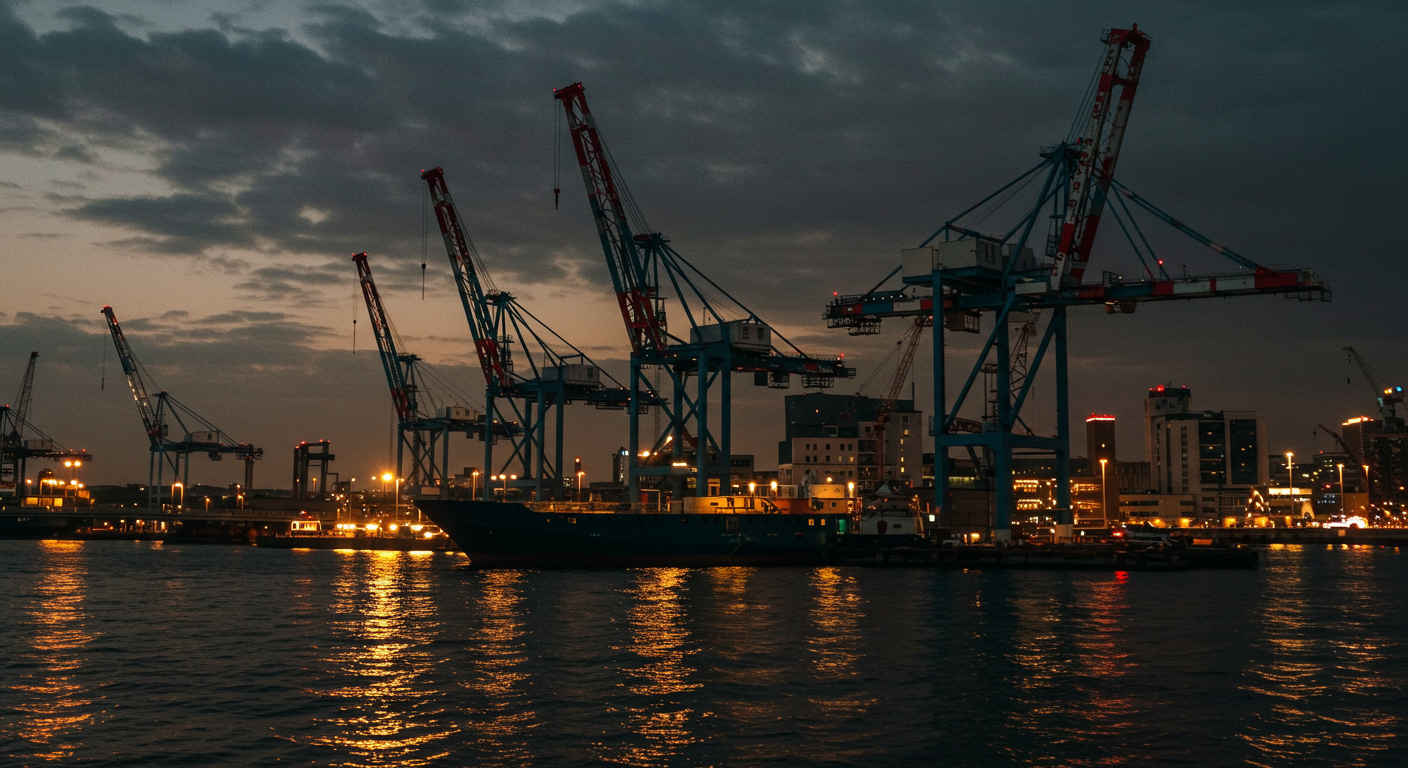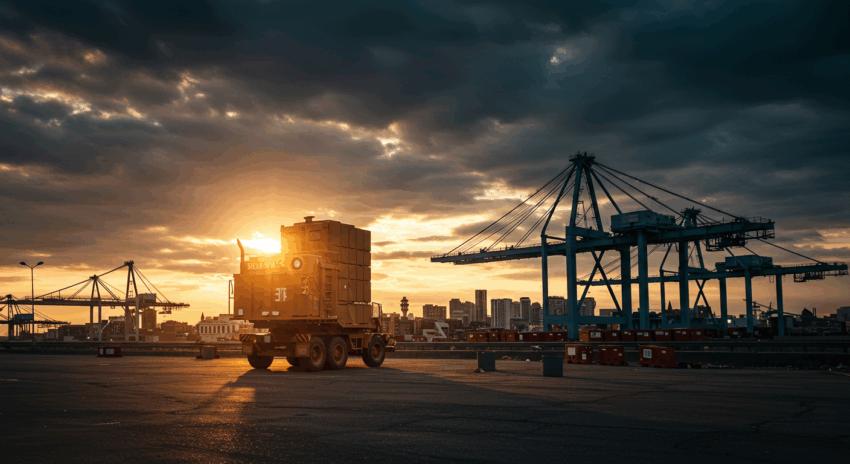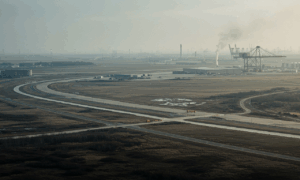Understanding tariffs is more crucial than ever, especially if you are involved in or planning projects that rely on international supply chains, such as construction or renovation. These trade barriers can significantly influence costs, timelines, and the overall economic landscape. This article will delve into what tariffs are, how they function, and their wide-ranging effects on both local and global economies, providing you with essential insights to navigate their impact.
What Exactly Are Tariffs? Unpacking the Basics
At its core, a tariff is a tax imposed by a government on goods and services imported from other countries. The primary purpose of these import duties is to increase the price of foreign products, thereby making domestically produced goods more competitive. However, governments may also implement tariffs for several other reasons:
- Protecting Domestic Industries: This is perhaps the most common reason. By making imports more expensive, tariffs can shield fledgling or strategically important local industries from foreign competition.
- Generating Revenue: For some countries, especially developing ones, tariffs can be a significant source of government revenue.
- National Security: Governments might impose tariffs on goods deemed critical for national security to ensure a reliable domestic supply, such as certain technologies or raw materials.
- Retaliation: Tariffs can be used as a tool in trade disputes, where one country imposes them in response to tariffs or trade practices by another country.
Tariffs can take different forms:
- Specific Tariffs: A fixed fee levied on a per-unit basis, for example, $100 per imported car.
- Ad Valorem Tariffs: A percentage of the value of the imported goods, for instance, 10% on the value of imported cheese.
- Compound Tariffs: A combination of both a specific and an ad valorem tariff.
Understanding these distinctions is key because the type of tariff can have different impacts on prices and trade volumes. For instance, an ad valorem tariff will fluctuate with the price of the good, while a specific tariff remains constant regardless of price changes.
The Intended Effects of Tariffs: Aims and Objectives
When governments implement tariffs, they usually do so with specific economic or political goals in mind. One of the primary intended effects is to bolster domestic production. By making imported goods more expensive, consumers and businesses are theoretically encouraged to buy locally produced alternatives. This, in turn, can lead to job creation and economic growth within the protected industries.
Another objective can be to address what is known as dumping. Dumping occurs when a foreign company sells goods in another country at a price below their cost of production or below the price in their home market. Tariffs, in this case, act as an anti-dumping measure to level the playing field for domestic producers. Furthermore, tariffs can be a strategic tool in international negotiations, providing leverage to secure more favorable trade terms or to address unfair trade practices by other nations. For insights into broader economic trends that influence such policies, you might find valuable information on our economy page.

How Tariffs Impact Domestic Consumers and Businesses
While tariffs aim to protect domestic industries, they often have direct and sometimes unforeseen consequences for consumers and other businesses within the imposing country. The most immediate effect is typically an increase in the price of imported goods. If you are planning a construction or renovation project, for example, tariffs on imported steel, lumber, aluminum, or ceramics can directly translate into higher material costs. This means your project budget might need to be adjusted upwards to accommodate these tariff-induced price hikes.
For businesses that rely on imported components or raw materials for their production processes, tariffs mean higher input costs. These businesses face a difficult choice: absorb the increased costs, which reduces their profit margins, or pass them on to consumers, leading to higher prices for finished goods. This can make domestic businesses less competitive, especially if they compete with foreign companies not subject to the same input cost increases. Moreover, tariffs can lead to a reduction in choice for consumers, as some imported products may become too expensive or disappear from the market altogether.
The Ripple Effect: Tariffs and the Global Economy
The impact of tariffs is rarely confined to the borders of the country imposing them. They create ripples that spread throughout the global economy. One of the most significant global effects is the risk of retaliation. When one country imposes tariffs, affected countries often respond with their own tariffs on goods imported from the instigating nation. This can escalate into a trade war, where multiple countries successively raise trade barriers, leading to a general slowdown in international trade and investment.
Such trade tensions disrupt established global supply chains. Companies that have optimized their operations by sourcing materials and components from around the world may find their supply chains suddenly more expensive or unreliable. This can force them to restructure operations, seek alternative suppliers, or even relocate production, all of which involve costs and uncertainties. Ultimately, widespread tariffs can dampen global economic growth, create market volatility, and strain international diplomatic relations. Staying updated on these developments through reliable news sources is crucial for businesses and individuals alike.
Tariffs in Practice: Understanding the Real-World Consequences
Let’s consider a practical, albeit generalized, example relevant to those undertaking construction or renovation. Imagine new tariffs are imposed on imported steel and lumber. For a home builder or someone planning a significant renovation, these are essential materials. The immediate consequence is that the cost of purchasing these materials from foreign suppliers increases. Domestic suppliers might also raise their prices due to increased demand or because their own costs are indirectly affected.
As a result, the overall budget for your construction project could inflate unexpectedly. A fixed-price contract might suddenly become less profitable for the builder, or if you are managing the project yourself, you will find your material expenditure exceeding initial estimates. This highlights why understanding potential tariff impacts is a vital part of project planning and financial management. Developing robust savings strategies can provide a buffer against such unforeseen cost increases.
Navigating a World with Tariffs: Strategies for Adaptation
In an economic environment where tariffs can be introduced or changed, adaptability is key. For businesses, especially those reliant on international trade, several strategies can help mitigate the impact. These include diversifying supply chains to reduce dependence on a single country or region, exploring domestic sourcing options even if initially more expensive, and investing in research and development to find alternative materials or more efficient production processes. Some companies may also choose to absorb tariff costs temporarily to maintain market share, though this is not always sustainable.
For individuals, particularly those embarking on projects like construction or home renovation, awareness and proactive planning are essential. Check for information on current or potential tariffs that could affect the cost of materials like wood, metal, tiles, or fixtures. When budgeting, it may be prudent to include a contingency for potential price increases. Request detailed cost breakdowns from contractors that specify material sources, if possible. While you cannot control global trade policies, you can control your preparedness and financial planning to better absorb their potential effects. Building a solid understanding of personal finance principles can aid in this planning.
Conclusions: The Complex Web of Tariffs
Tariffs are a multifaceted economic tool with significant and far-reaching implications. While they can offer short-term protection to specific domestic industries or serve political objectives, they also risk increasing costs for consumers and businesses, disrupting global supply chains, and potentially triggering retaliatory measures that harm overall international trade. For anyone involved in projects sensitive to material costs, such as construction or renovation, understanding the potential impact of tariffs is crucial for effective budgeting and planning.
The global economic landscape is intricate, and tariffs add another layer of complexity. Navigating this requires staying informed, being adaptable, and engaging in careful financial planning. Ultimately, the debate over tariffs continues, balancing the benefits of free trade with the desire to protect national interests.
Frequently Asked Questions (FAQ)
Q1: How can tariffs on imported building materials specifically affect my home renovation budget?
A1: Tariffs on materials like steel, aluminum, lumber, or tiles directly increase the cost of these imported goods. If your renovation project relies on such materials, your contractor will likely pay more for them, and these costs are typically passed on to you, the homeowner. This can lead to your project exceeding its initial budget. Anticipate potential price fluctuations by including a contingency fund in your renovation budget and discuss material sourcing with your contractor.
Q2: Are all tariffs generally considered bad for the economy?
A2: Not necessarily, and economists often have differing views. While many economists argue that tariffs can lead to inefficiencies, higher consumer prices, and retaliatory actions that harm overall trade, some argue they can be beneficial in specific, limited circumstances. For example, tariffs might temporarily protect “infant industries” until they can compete globally, or they could be used to counter unfair trade practices like dumping. However, the broad consensus is that widespread and high tariffs tend to have more negative than positive effects on the global and domestic economy.
Q3: What can I do to minimize the impact of tariffs on my planned construction project?
A3: While you cannot control trade policy, you can take steps to mitigate potential impacts. Research material costs and inquire if any key materials for your project are subject to tariffs or potential tariffs. Discuss alternative, domestically sourced materials with your architect or contractor, which might be less affected. Secure fixed-price quotes for materials where possible, or build a larger contingency into your budget to absorb potential cost increases. Staying informed about economic news can also help you anticipate changes. If managing a large project, consider consulting with a project manager who has experience navigating material cost fluctuations.



